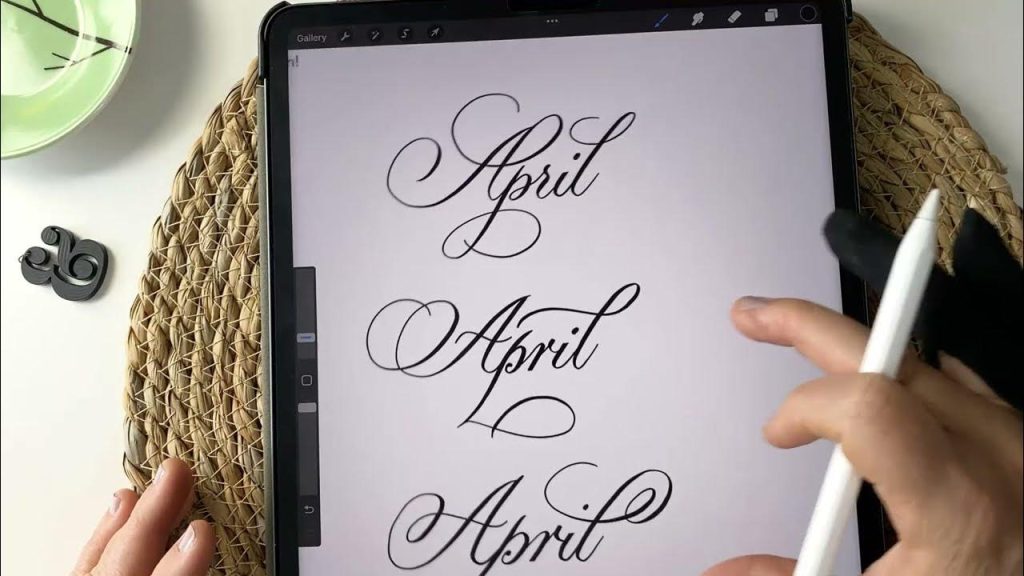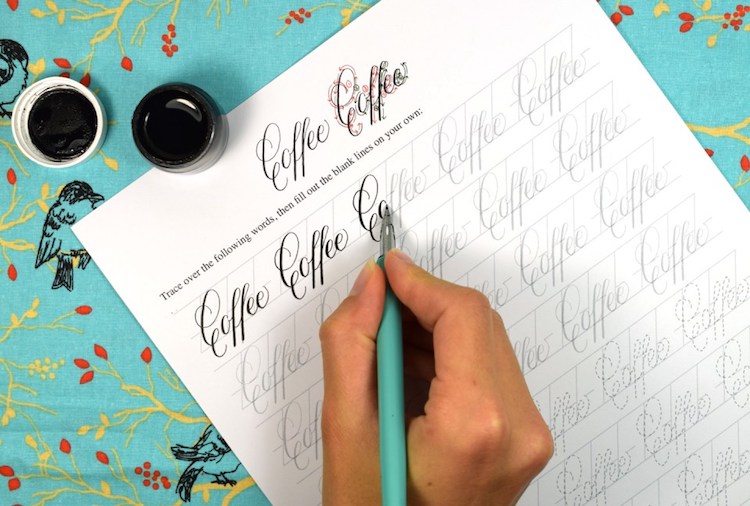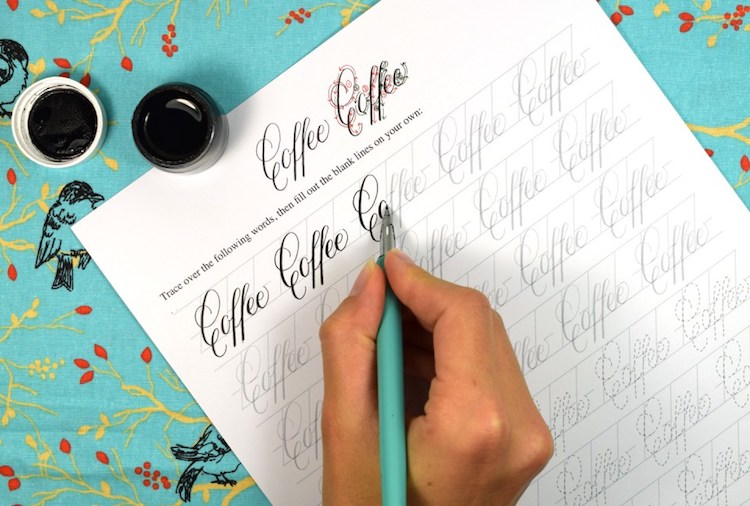Calligraphy has recently seen a stunning comeback, capturing the curiosity of artists and fans all around the world. This ancient artistic form, with millennia of history, is rejuvenated. It is shifting according to the standards of our modern day. Calligraphy is no longer reserved just for historical writing or archive records; it additionally surfaces on wedding invites, business branding, and personalized presents. It displays the way traditional capacities may flourish in a modern context. By merging calligraphy into contemporary designs, we celebrate an art form of expression that machines cannot duplicate. Calligraphy exemplifies the never-ending allure of human touch in creativity.

The Digital Meets the Handwritten
One of the most exciting aspects of contemporary calligraphy is its combination with technological advances. Graphic designers are currently employing calligraphic techniques and digital technologies to produce outstanding visuals. This hybrid method has expanded an array of options for typography in web design, digital marketing, and online content development, demonstrating that calligraphy can improve even the most contemporary mediums.
Personalisation in the Age of Automation
As the world we live in gets more automated, the desire for individualized experiences grows. Calligraphy provides a counterpoint to the impersonal nature of digital communication. Handwritten notes, cards, and letters demonstrate warmth and concern that digital messages may not, making calligraphy an indispensable tool for any person attempting to generate an indelible mark.
The Art of Mindfulness
Calligraphy is a meditative physical activity in addition to a creative endeavor since it demands patience, precision, and practice. The concentration and focused attention required to make beautiful lettering may be sort of mindfulness, assisting users in reducing stress and increasing mental clarity. As a result, more people are gravitating to calligraphy for both aesthetic and therapeutic purposes.
Exploring Diverse Techniques
Calligraphy is not a single style or techniques; it encompasses an array of them. Calligrapher now have a greater number of tools than ever before, ranging from conventional dip pens and ink to sophisticated brush pens and even digitized styluses. Every approach provides a distinct texture and feel, enabling artists to explore and discover their own voice within the trade.
The Sustainability of Calligraphy
In this environmentally concerned society, calligraphy provides an environmentally friendly alternative to mass-produced printed product. Calligraphers can produce stunning works using recyclable supplies like pens and brushes, reducing the waste present in conventional printing. The ecological aspect of calligraphy offers particular appeal to people seeking ways to minimize their harmful effects on the environment.
Calligraphy in Education
Artistic handwriting is gaining recognition in educational settings for reasons aside from its artistic virtues. Schools are discovering that incorporating artistic handwriting into their curricula improves pupils’ handwriting, fine motor abilities, and attentiveness. Furthermore, calligraphy’s focus on skill and persistence teaches significant lessons about endurance as well as attention to detail.
A Timeless Craft for a Modern World
Calligraphy’s rebirth in the modern time demonstrates its continued appeal. It connects the past with the present, providing a medium that is both artistic and functional. As we traverse an increasingly technological world, calligraphy serves as a sore reminder of the incomparable importance of the human touch.

Calligraphy fuses history and modernity, offering it a distinctive art form. Its adaptability enables modification in the modern digital age. Beyond aesthetics, it provides a thoughtful retreat for artists. Techniques vary from conventional to digital, demonstrating versatility. This capacity stresses the personal touch, which has become increasingly rare in modern times. Calligraphy’s resurgence speaks to its eternal beauty and significance. As innovations in technology arise, calligraphy remains a stabilizing and humanizing influence. It is always evolving, merging the old with the modern. This growth secures its position in both art and daily life. Calligraphy’s enduring appeal springs from its capacity to link us to our past while enriching our present.







